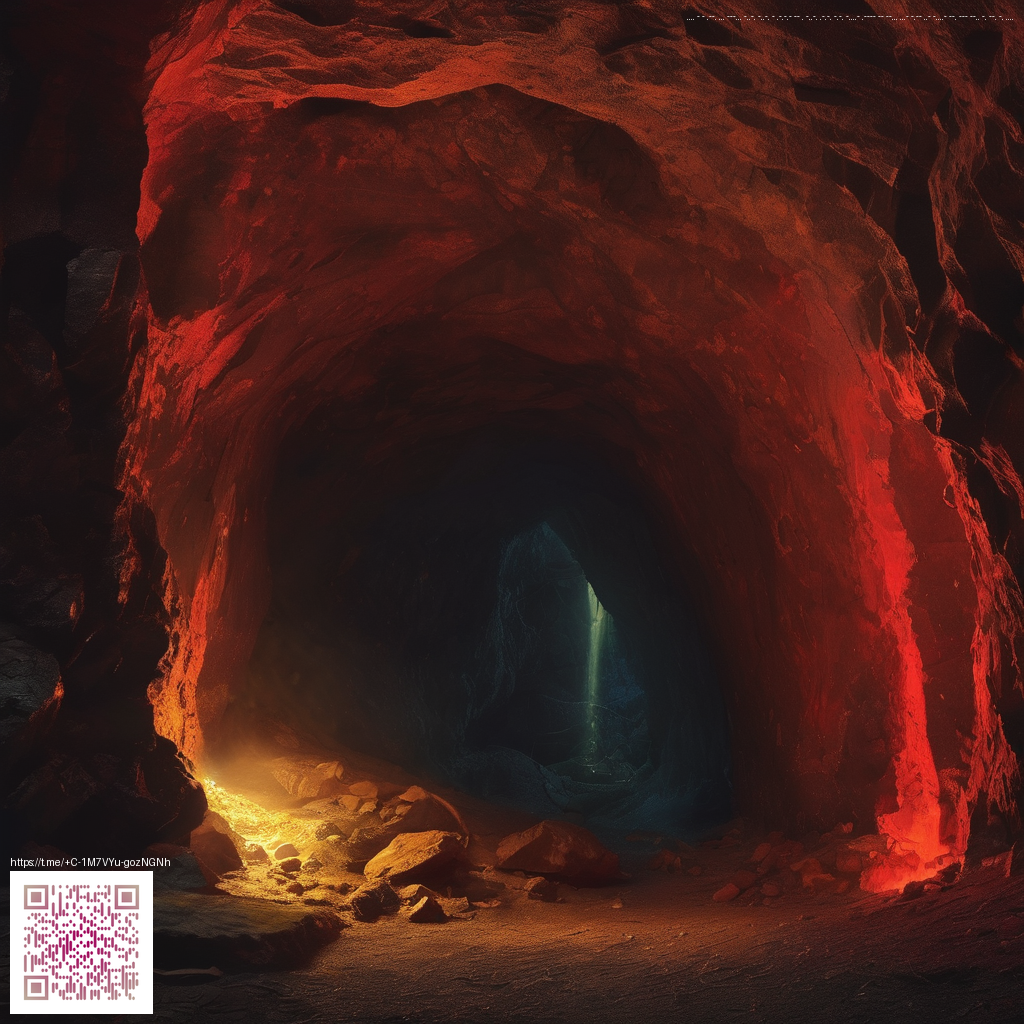
Smooth Sandstone Slab Tools for Datapack Experiments in Java Edition
If you love experimenting with datapacks in Java Edition, the smooth sandstone slab is a tiny block with big potential. Its simple form hides a flexible block state system that lets you run careful tests on how half blocks behave when players interact with them, when redstone signals run nearby, or when water enters the scene. In this article we explore practical ways to use this block for datapack experiments and share ideas you can try in your own worlds 🧱
Java Edition has a rich history of block states since the 1.13 era. The smooth sandstone slab carries a set of states that influence how it sits in the world and how it interacts with water. The three placement states top bottom and double determine whether the slab occupies the upper half of a block space, the lower half, or a full block when placed as a double slab. A waterlogged state adds another layer of behavior letting you place the slab in water and see how it overlays liquid in your builds. These state knobs are the core of datapack experiments because they give you precise control without relying on mods
Understanding the block states you can test
- The type state has three values top bottom and double that decide how the slab occupies space in the world
- The waterlogged state is a boolean with true or false to show whether water fills the same block space
- When you combine type and waterlogged you unlock a range of patterns for lighting, collision and placement
- From a data perspective these states are the keys you can manipulate with commands and datapack logic
Hands on ideas for datapack experiments
Begin with a simple testing area that uses a grid of smooth sandstone slabs in different states. Place some top slabs to create a narrow roof line and pair them with bottom slabs for a stair like feel. Double slabs can act as a solid platform while maintaining a lighter visual footprint than a full block. This contrast is helpful when you want to measure player bounce, wall collision, or line of sight in your tests. A waterlogged bottom slab placed next to a water source lets you observe subtle changes in light levels and water flow around the edge of the slab. These patterns are perfect for showcasing how data driven state changes alter gameplay in real time
- Test a checkerboard pattern using top and bottom slabs to study movement and collision in tight corridors
- Create decorative pillars that switch between a slim profile and a full height block by toggling the type state
- Layer slabs in waterlogged rows to mimic submerged platforms for a testing arena
- Use the double slab to simulate a compact block that still reads as a single unit in pathing checks
- Combine lighting tests by placing slabs under light sources and comparing how light passes through top versus bottom states
Datapack tricks that elevate your builds
Datapacks thrive on clear data driven logic. For the smooth sandstone slab you can build functions that flip between states based on player actions or timer signals. A simple approach is to check the position of a player or a specific trigger then adjust the slab state accordingly. Combining block state queries with conditional commands lets you assemble a mini lab where each slab responds to its environment. This pattern scales nicely when you want to experiment with more complex behavior such as adaptive lighting, auto translating platforms or dynamic resistance to block breaking
Artists and builders in the datapack community often embrace small blocks like the smooth sandstone slab because they offer flexible design opportunities without heavy resource demands. The real magic comes from documenting your experiments and sharing the results with the community. When you pair careful observation with a clean datapack structure you can reproduce tests and iterate quickly
Practical building tips for precise experiments
- Plan your grid with consistent spacing so you can compare outcomes across different slab states
- Label your areas with signs or distinctive block patterns so you can identify states at a glance during testing
- Use light level tests to determine how state changes affect visibility and mood in your builds
- Keep a record of the exact state combinations you test so you can replicate results later
- Document failures as well as successes to help other researchers in the community
Creative and community driven directions
Datapack experiments are a gateway to a vibrant community culture in Minecraft. Authors share their experiments and invite feedback that helps refine techniques. You can borrow ideas from fellow builders and adapt them to your own constraints. The smooth sandstone slab is a friendly starting point for exploring how small state changes ripple through a project. As you publish your findings you contribute to a growing body of practical knowledge that others can learn from
If you enjoy contributing to open projects and sharing discoveries, you are participating in a broader trend where players collaborate to push the game forward. The datapack ecosystem rewards curiosity, persistence, and clear communication. With a little creativity you can turn a simple slab into a toolkit for experiments and a bridge to the wider community
For more inspiration and a sense of how others approach these ideas you can follow related talks and articles from across the network. The journey from a single block to a shared idea is one of the most rewarding aspects of Minecraft today
Ready to support the broader open world of Minecraft experiments and community projects
Support Our Minecraft Projects